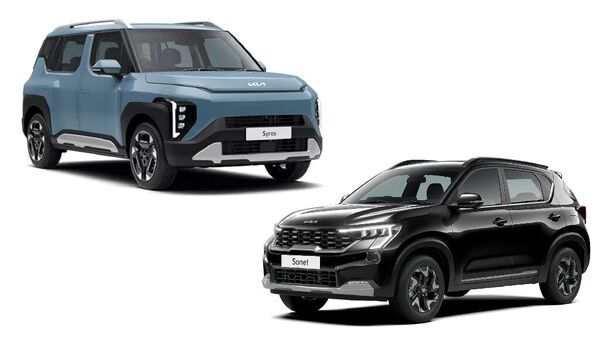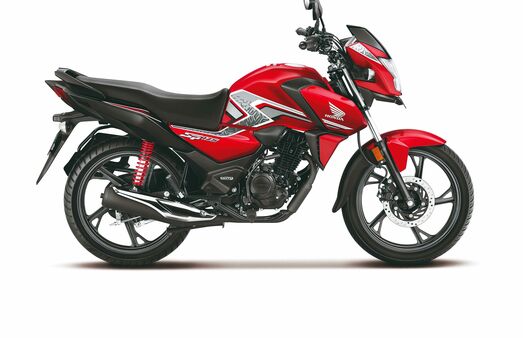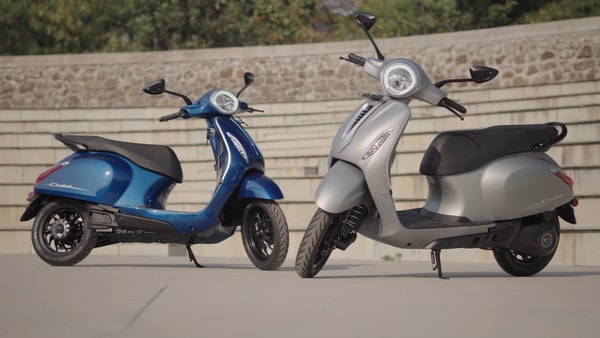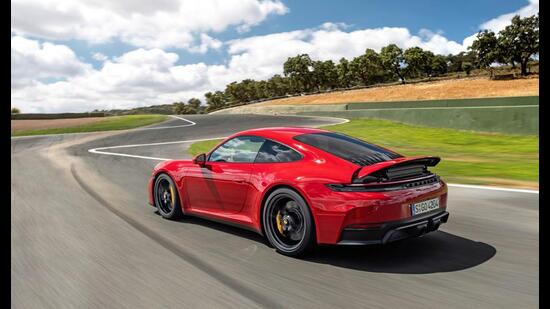
Weekend Drive by Hormazd Sorabjee: This 911 call is familiar
5 months ago | 54 Views
“Change is a constant,” goes the cliché, but in the automotive world, change moves at warp speed, especially in the manic transition to electrification. One car that has resolutely resisted change for over six decades is the Porsche 911. The commitment to its core identity is why it has become arguably the most iconic sports car of all time.
It hasn’t escaped the odd radical change, and each one was met with a mix of anticipation and apprehension. The shift from the distinctive air-cooled flat-six, a 911 hallmark, to liquid cooling, raised eyebrows among the purists. The switch from hydraulic to electric power steering did too. But ultimately, the new tech was embraced and it enhanced the 911’s appeal.
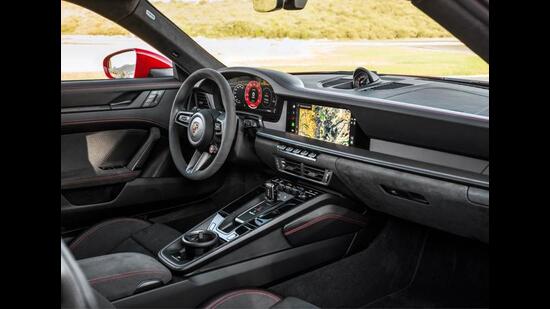
Now, the 911 in its latest 992.2 iteration, marks what Porsche insiders themselves admit as the biggest transformation, with the introduction of a hybrid powertrain. When the news broke that the 911 was going hybrid there was on outrage on social media that this legendary car would lose its soul. Has Porsche gone too far? Or will the new 911 demonstrate once again that it can thrive in a rapidly changing automotive world? That’s what I’m here to find out at the Ascari circuit in southern Spain.
Porsche’s ground-breaking hybrid engine is only available in the GTS T-Hybrid variant of the 911 and is the sweet spot of the range, striking a perfect balance between performance and everyday useability.
The heart of the new 911 GTS T is an all-new 3.6 litre engine, combined with a compact electric motor, which gives a total power output of 541hp and 610Nm of torque.
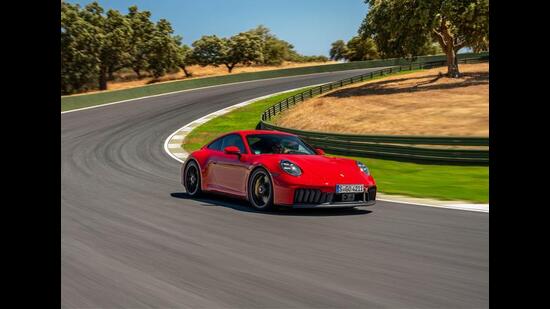
The GTS hybrid system is unique because unlike supercar plug-in hybrids such as the Lamborghini Revuelto or Mclaren Artura, there’s no electric-only driving. There’s no talk of efficiency or lower CO2. The idea behind Porsche’s hybrid system is to maxmise performance with a minimal weight gain.
For all the tech under the skin, styling changes are minimal. They would be. After eight generations, the 911 still stays true to the original design. But it has some strong distinguishing elements: Five vertical slats in the bumper, which open and shut like blinds depending on the cooling requirements.
Possibly a more radical change is the instrument cluster. The large analogue tachometer is replaced by a digital cluster to appeal to younger and richer audiences in the US and China.
But how does it drive? There’s an almost EV like thrust off the line, the response is immediate and slams you into your seat. What’s amazing is that at any throttle position, a tiny flex of your right foot gives an instantaneous reaction.
By supercar standards, the GTS isn’t that powerful. 541hp honestly isn’t much, but the GTS feels like a rocket and much, much faster than Porsche’s claimed 0-100kph time of 3 seconds. It’s beyond 200kph that the GTS could lose ground to more powerful supercars, but few super cars offer such leech-like grip.
T-Hybrid has not only preserved but elevated the 911’s character. Porsche has redefined the concept of hybrids and in the process redefined the iconic 911 too.


